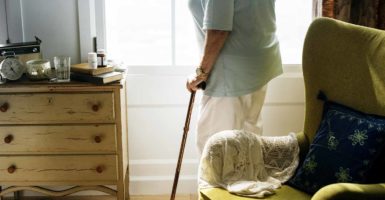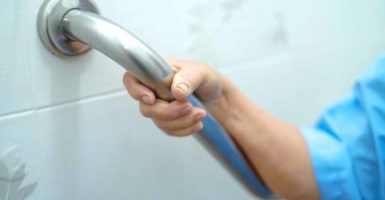What are the consequences of falls?
Physical consequences
- Fractures particularly to the wrist or hip. Hip fractures can be seriously debilitating.
- Women are particularly vulnerable due to a higher occurrence of osteoporosis.
- Sprains and strains of joints and tendons also are common after a fall.
- Difficulty or inability to move around independently, especially for long periods of time
Social consequences
- Loss of independence
- Financial costs of hospitalisation
- Loss of social contacts due to long-term hospitalisation
- Decreased quality of life
Mental health impact
- Frustration at losing their independence
- Fear of falling again, increased anxiety.
- Distress resulting from uncertainty and anxiety in life after suffering from a fall-related injury
- Loss of self-esteem due to an inability to take care of oneself after falling




